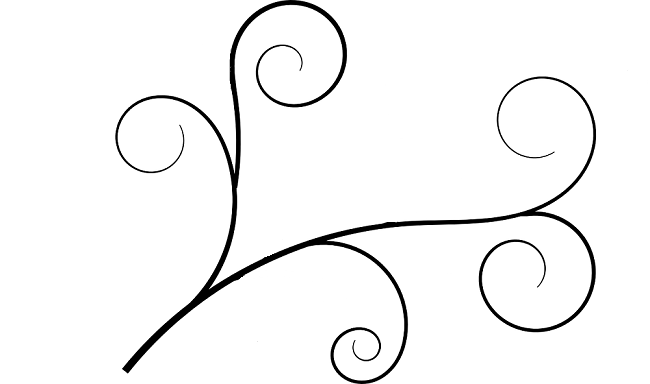Swedish Massage and Deep Tissue Massage
What’s the Difference Between Swedish and Deep Tissue Massage?
Swedish Massage

Swedish Massage strokes are applied in a rhythmic fashion that follows the contours of the body and maintains a flowing pattern. Muscle tissues are lifted, compressed, wrung, and flushed repeatedly through the application of Effleurage and Petrissage.
These technique improve blood circulation and soothe the nervous system leaving you relaxed, revitalized, and usually very calm.
A common misunderstanding is that Swedish Massage is “light touch” and Deep Tissue is the same thing just harder. While this technique can be soft and quite sedate, heavier pressure can be utilized in Swedish Massage to access the deeper core muscles.
The Science Behind Swedish Massage
Swedish massage is beneficial due, in part, to the Arndt-Shultz Law which explains that weak stimuli excite physiologic activity, while strong stimuli inhibit it. Heavier pressure, in the wrong circumstances, can be ineffective and damaging to tissue in need of rest and repair.
Swedish Massage is to reduce stress and provide full- body relaxation. It is also profoundly helpful at relieving general muscle tension and promotes a sense of well- being.
Deep Tissue Massage

At certain times, through overuse, or improper use (such as a sudden stop or start) muscle tissue fails to contract or relax to their fullest extent. Muscles that stay contracted unchecked, pull very hard on their tendons and cause pain and eventually more failure.
Deep Tissue Massage techniques seek to reestablish proper contraction and relaxation patterns that our muscles no longer follow. Often these techniques begin with Swedish Massage to warm the muscle tissues and relax the client. The therapist then transitions to movements that stretch, compress, and hold down the tissue for extended periods of time to stimulate specialized receptors in the target muscle that affect its ability to relax.
When is Deep Tissue Appropriate?
Deep Tissue techniques can be employed to lengthen muscles that have become short and are causing pain in certain areas of the body or are responsible for pain in other areas of the body. For instance, unexpectedly stepping in a hole may cause a person to over-contract the upper leg muscles which result in a microscopic tear of one of the muscle fibers.
This improper firing of the muscle causes the muscle to shorten and pull too hard on its attachments. In time, this dysfunction puts stress on the hip and, ultimately, the lower back suffers.
